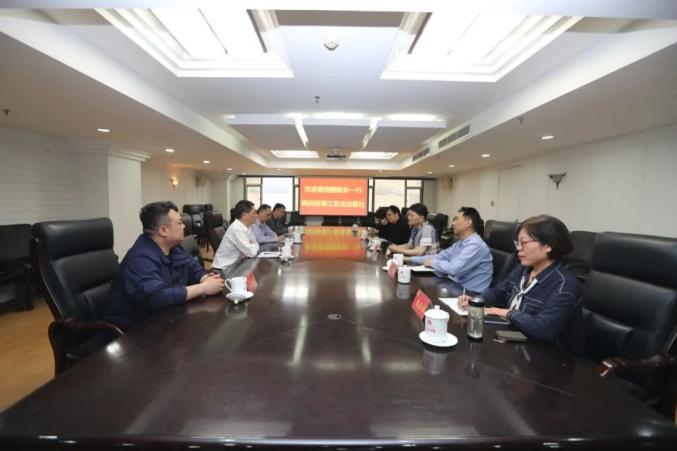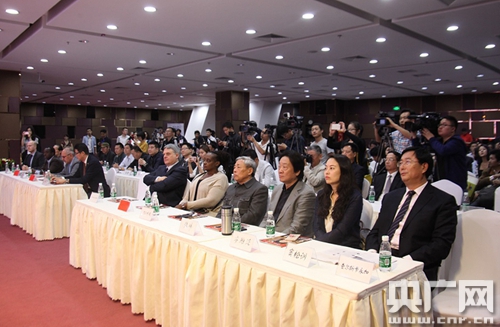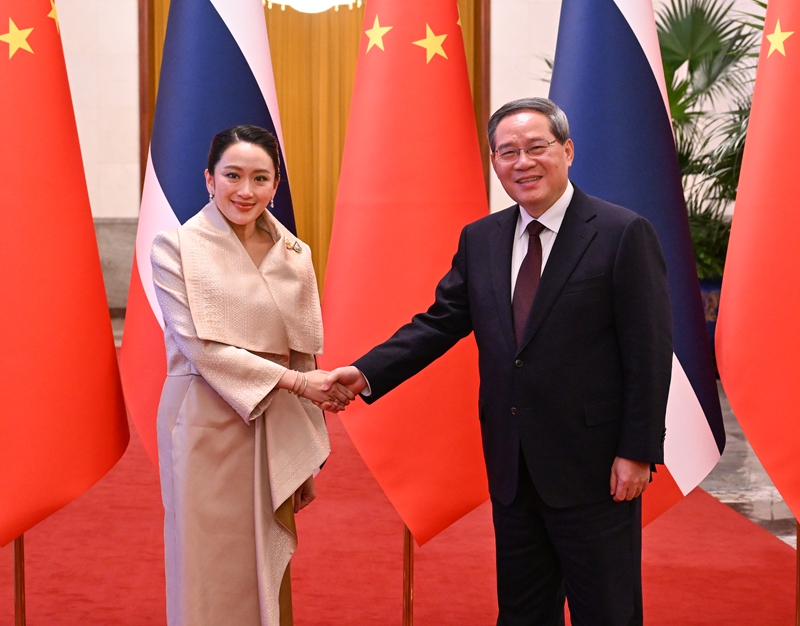The Silk Road: A Bridge Of Human Civilization Spanning Thousands Of Years—an Eternal Link Of Cooperation From Ancient Times To The Present
The Silk Road: A Bridge Of Human Civilization Spanning Thousands Of Years—an Eternal Link Of Cooperation From Ancient Times To The Present
Introduction The Silk Road, as an important passage connecting the East and the West, has played an irreplaceable role in promoting regional exchanges and promoting the integration of civilizations since ancient times. This article will cover the origin, development, development, influence and modern significance from multiple perspectives.
Introduction The Silk Road, as an important passage connecting the East and the West, has played an irreplaceable role in promoting regional exchanges and promoting the integration of civilizations since ancient times. This article will systematically elaborate on the historical evolution and far-reaching influence of the Silk Road from multiple perspectives such as its origin, pioneering, development, influence and modern significance, providing historical reference for understanding contemporary international cooperation.

1. The Origin and Early Prototype of the Silk Road As early as before the Han Dynasty, the connection between Eurasia and Eurasia had begun to sprout. In ancient times, scattered trade networks gradually formed among the civilizations of ancient Egypt, the Mesopotamia, the Indus River Basin and the Yellow River Basin. Although these trade routes were not systematic, through continuous connection and expansion, they gradually gave birth to the prototype of the early "Silk Road". Archaeological discoveries have provided important evidence: jade, lapis lazuli, seashells, ceramics and other items unearthed in Xinjiang, Gansu, Qinghai and other places prove the early existence of Sino-Western trade. During the Shang Dynasty, merchants from the Shang Dynasty began to cross the Taklimakan Desert to conduct trade activities with Central Asia. The nephrite unearthed from Fuhao's tomb also confirmed this. As a precious gemstone, lapis lazuli has been circulating in China, India, Egypt and other places since the 13th century BC, showing the prosperity of commerce in Central and Western Asia and the gradual extension of trade routes.
2. Emperor Wu of the Han Dynasty’s Strategic Layout and the Development of the Western Regions During the period of Emperor Wu of the Han Dynasty, national strategic needs became the core driving force for the official opening of the Silk Road. Faced with the threat of the Xiongnu who controlled the countries in the Western Regions, established military strongholds, and frequently invaded the Han border during their westward migration, Emperor Wu of the Han Dynasty was determined to open up the main transportation routes to the Western Regions. In 138 BC, Emperor Wu of the Han Dynasty sent Zhang Qian as an envoy to the Western Regions in an attempt to form an alliance with the Dayue clan to fight against the Xiongnu. Although the 13-year long mission did not fully achieve the goal of forming an alliance, Zhang Qian's actions opened the first formal route to the Western Regions and laid the foundation for subsequent military and diplomatic operations. After that, Emperor Wu of the Han Dynasty sent the Hussars General Huo Qubing to attack many times, gradually weakening the power of the Xiongnu, opening up the Hexi Corridor, and making the Central Plains and the Western Regions more and more closely connected. In 115 BC, Zhang Qian made his second mission to the Western Regions, carrying a large amount of supplies and officially opening land transportation throughout the Central Plains, Western Regions and even Europe, laying a solid foundation for the formation of the "Silk Road" in later generations.

3. The dual promotion of economic prosperity and cultural exchanges The opening of the Silk Road has greatly promoted economic exchanges between the East and the West. China's silk, porcelain, lacquerware, copper and ironware, gold and silverware, and its four great inventions (compass, gunpowder, papermaking, and printing) spread to the West through this route. At the same time, Western items such as grapes, walnuts, pomegranates, carrots, cucumbers, peppers, gems, and glass were also introduced to China, enriching China's material culture. In addition to commodity exchange, the Silk Road has also become an important platform for religious, technological, and cultural exchanges. Buddhism was introduced to China from India. Through the Silk Road, it gradually took root in China and had a profound influence. Religions such as Christianity and Islam were also introduced into China through this route, promoting multicultural integration. Cultural elements from Persia, Arabia, ancient Greece, and ancient Rome interact with Chinese philosophy, art, and science and technology, forming a rich and colorful blend of civilizations.
4. Exchanges and mutual learning between science and technology and civilization The Silk Road not only brought commodities, but also promoted the spread of science and technology. China's papermaking, printing, gunpowder, and compass gradually spread to Central Asia, West Asia, and even Europe, promoting global scientific and technological progress. On the contrary, Western glass manufacturing, astronomy, and medical knowledge were also introduced to China through this route. In terms of agriculture, fruits such as grapes, walnuts, and pomegranates have enriched China’s food culture, and condiments such as pepper, cucumbers, and carrots have become new favorites on the table. Chinese tea, porcelain, silk, lacquerware, etc. are also loved by Western countries and have become important foreign trade commodities.

5. The far-reaching influence of religion and culture The opening of the Silk Road enabled different religions to spread in areas along the route. Buddhism was introduced to China from India and spread along the Silk Road, becoming one of China's major religions and bringing with it rich cultural and artistic forms, such as Buddhist sculptures, murals, and translations of Buddhist scriptures. At the same time, Christianity, Islam and other religions were also introduced into China on this road, promoting the development of religious diversity. Religious exchanges promote understanding and integration among different civilizations and provide spiritual impetus for social progress in areas along the routes.
6. Modern significance and future prospects To this day, the Silk Road still has important strategic and economic significance. With the advancement of globalization, the "One Belt, One Road" initiative is proposed to draw on history and reshape a cooperation platform for win-win cooperation. Through infrastructure construction, trade cooperation, cultural exchanges and other measures, countries along the route will develop together and promote the construction of a community with a shared future for mankind. The spirit of the Silk Road inspires contemporary countries to move forward hand in hand and create a new situation of win-win cooperation.

Conclusion The Silk Road, as an important link for exchanges between China and foreign countries in ancient and modern times, has witnessed the continuous evolution of human civilization. It is not only a trade channel for commodities, but also a bridge for cultural, technological and religious exchanges. From ancient prosperity to modern cooperation, the Silk Road has demonstrated the eternal value of win-win cooperation. In the future, we should continue to carry forward the spirit of the Silk Road and promote the building of a more prosperous and peaceful world. #中国史# Silk Road





